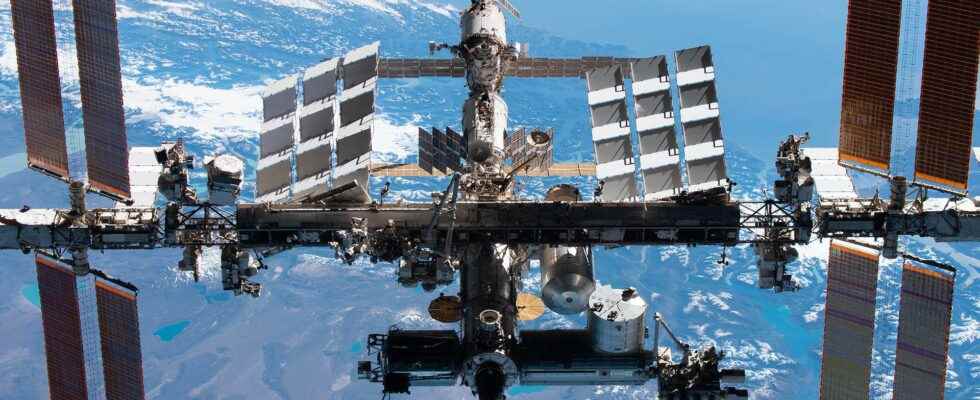You will also be interested
[EN VIDÉO] ISS: until 2030, and after? The International Space Station will continue to welcome astronauts from all over the world for scientific missions until 2030. And to support space conquest missions which must take humans to the Moon and even to Mars. (in English) © NASA
Although the relations between Washington and Moscow are abysmal, surprisingly those between the space agencies of the United States and Russia, concerning the international space station, are cordial. It is also one of the last ties of civil cooperation between the two superpowers.
As proof, in July, the Nasa and Roscosmos have announced the resumption of ISS service flights with mixed crews. Specifically, two American astronauts will fly aboard a Soyuz vehicle on two separate missions, the first of which is scheduled for September, and two Russian cosmonauts will join the ISS aboard Crew Dragon of SpaceX in 2023, a first!
That said, if the Russian-Ukrainian conflict does not seem to call into question, for the moment, the technical cooperation between the two agencies, the United States must have an emergency plan to avoid a runaway scenario which could see the Russians abandon the Station and leave it as is.
But, let’s be objective, this is not the scenario that seems to be taking shape. Since Dmitry Rogozin was removed from his post, the new boss of the Russian space agency, Yuri Borissov, has been speaking much less vindictive and provocative than his predecessor. It certainly meant that Russia would withdraw from the ISS program after 2024, without specifying the date, but emphasizing that this withdrawal would be carried out in ” strict compliance with [ses] obligations “. It should be noted that the statutes of the ISS stipulate that all partners give one year’s notice of their intention to leave the program.
A deorbiting space vehicle operational as soon as possible
It is in this uncertain context about the future of the ISS that the United States wishes to acquire an operational capability to deorbit the Station as soon as possible. You should know that NASA and its partners in the ISS have evaluated different deorbit scenarios and have come to the conclusion that three Russian Progress cargo ships were sufficient to “do the job” and deorbit the ISS safely.
On their own, the American freighters Dragon and Cygnus are not capable of doing this. They weren’t designed for that either. A time considered to “pilot” the Station, Northrop Grumman’s Cygnus freighter is only able to reboost the station, which is already not bad. It could nevertheless be used, with extended propulsion capabilities, as a backup for the Progress.
During the summer, NASA therefore published a information request to industrialists and others start-up Americans to find a way to deorbit the Space Station without the help of Russian cargo ships. Concretely, NASA would like to have a space vehicle developed for this sole purpose. Ideally, this vehicle would reach the Station one year before the date of its de-orbit.
Before diving into theatmosphere terrestrial, above the memo point, gigantic space cemetery in the Pacific Ocean, the ISS would be brought gradually on a orbit elliptical of 145 x 200 kilometers in order to minimize the period during which the station must rely on the various freighters for attitude control. From this position, the vehicle would turn on its propulsion system one last time to lower the perigee to 50 kilometers, ensuring the “atmospheric capture” of the orbital complex which will precipitate it into the earth’s atmosphere where it should be consumed.
The manufacturers will submit their proposal to NASA on September 9.
Interested in what you just read?
